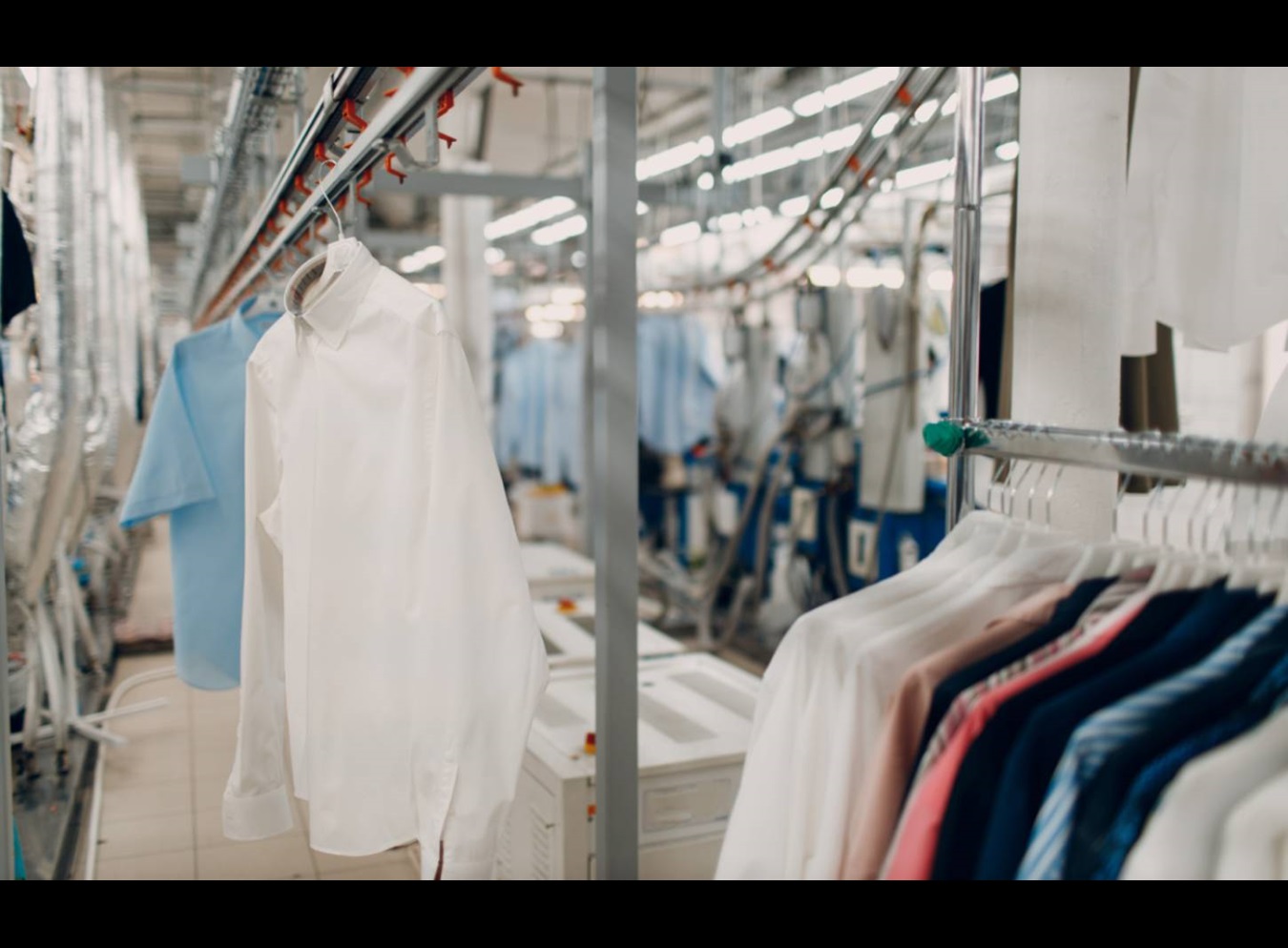What are PERC and TCE, and why did the EPA ban them?
The EPA ban on two hazardous chemicals, PERC and TCE, further supports the Hazardous Waste Management Program’s efforts to eliminate their use. Learn how PERC and TCE can affect our environment, and how the Haz Waste Program is working with local businesses to reduce exposure.

On December 9, 2024, the U.S. Environmental Protection Agency (EPA) enacted a ban on two hazardous chemical solvents found in products used by businesses and the general public. Scientists have linked trichloroethylene (TCE) and perchloroethylene (PERC) to certain types of cancer, as well as damage to reproductive organs, the nervous system, and the immune system.
The EPA ban applies to all uses of TCE and all consumer and many commercial uses of PERC under the Toxic Substance Control Act. The ban does allow for the strict use of PERC in industrial settings for aviation and defense.
The Haz Waste Program has been a national leader on this issue. In an interview with the Washington Post about the recent EPA ban, Hazardous Waste Management Program environmental scientist Katie Fellows detailed the program’s efforts to reduce harmful chemical exposures.
“Even tiny spills of PERC can be hazardous to the environment since it can travel through concrete,” Fellows told the Post. “If it gets into the environment, it is in the environment. You can’t just mop it up.”
What are these chemicals and how can I avoid them?
TCE is a colorless and nonflammable solvent often used in paints, degreasers, sealants, coatings, and cleaning supplies. Due to its widespread use, scientists have found it in drinking water. TCE can also be found at home in cleaning wipes, aerosol cleaning products, tool cleaners, paint removers, spray adhesives, carpet cleaners, and spot removers.
PERC is a chemical solvent used by dry cleaners, fabric finishers, and in metal manufacturing. It is used in water repellents, silicone lubricants, spot removers, wood cleaners, and glue. It is nonflammable and highly toxic as it evaporates. It can seep through concrete and into nearby water sources. People who operate dry cleaning businesses and people who work or live near dry cleaners are at a higher risk of exposure.
Dry cleaning businesses can make the switch to professional wet cleaning (PWC) to eliminate the use of PERC. PWC mixes water with eco-friendly specialized detergents instead of PERC to remove dirt and grime from customer goods.
What does the ban mean for dry cleaning businesses and what is King County doing about it?
The Dry Cleaning and Laundry Institute and the National Cleaners Association have voiced concerns that banning the use of PERC would put a heavy burden on dry cleaning businesses. The Haz Waste Program has worked with local businesses to remove some of that burden.
In 2018, the Haz Waste Program began a financial incentive program that promoted the use of PWC instead of PERC. The program, called “PERC-Free King County by 2025,” switched 30 dry cleaners to PWC in just two years. The Washington State Department of Ecology adopted the program state-wide in 2021, offering a $40,000 voucher at the time to all PERC dry cleaners that made the switch.
“We see it as an environmental justice issue to help these shops,” Fellows told the Washington Post. “Many of the dry cleaning workers in King County are immigrants who may not be able to adequately assess the risk from different solvents due to language barriers. We are essentially just looking to steer businesses away from harmful chemicals to things that are safer for them and the environment.”
What can I do?
Stay informed, consider making some simple updates in your home, and choose a dry cleaner who uses safer practices.
At home:
Pay attention to product labels!
If you are buying new items, stay clear of products with trichloroethylene (TCE) and perchloroethylene (PERC) listed on the label.
If you already have these products at home, you can safely dispose of them at a King County Hazardous Waste facility.
Products you might have purchased before the EPA ban on TCE and PERC that could have these harmful chemicals include:
- Carpet stain removers
- Clothing stain removers
- Aerosol degreasers
- Cleaning wipes
- Adhesives and sealants
- Adhesive for lace wigs and hair extensions
- Lubricants
- Paints and coatings
- Automotive care products
Taking it one item at a time can reduce your exposure to hazardous chemicals and help the planet. Did you know we have a list of alternative environmentally-friendly household cleaning products? Visit the Hazardous Waste Management Program’s website for more information.
Out in the community:
When you take clothing to a dry cleaner, confirm that they use professional wet cleaning (PWC). Often, dry cleaners who use PWC will post signage that they are using safer practices.

 Translate
Translate